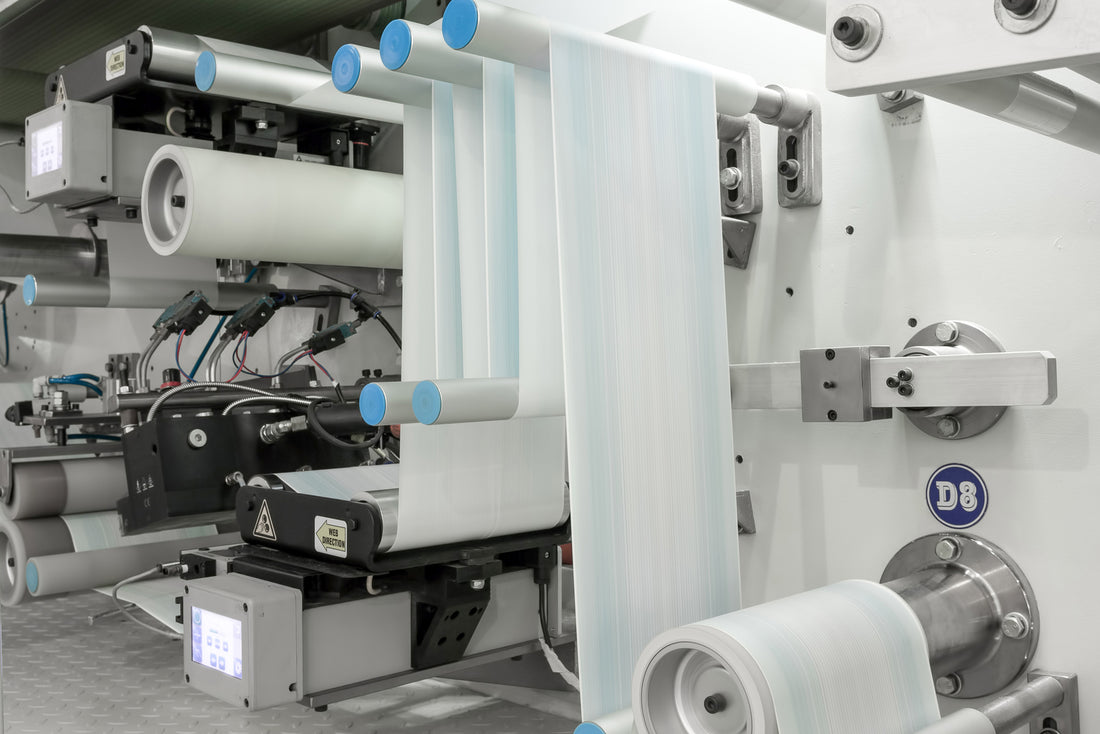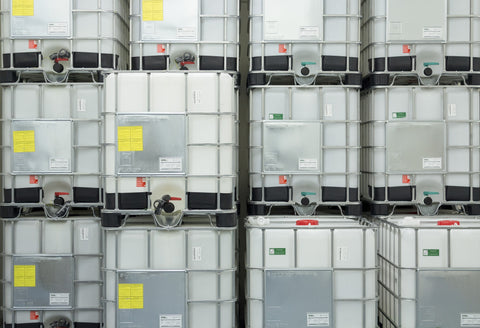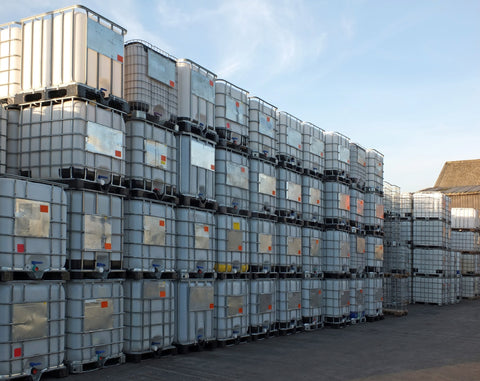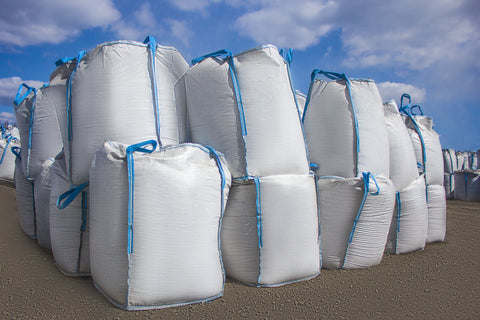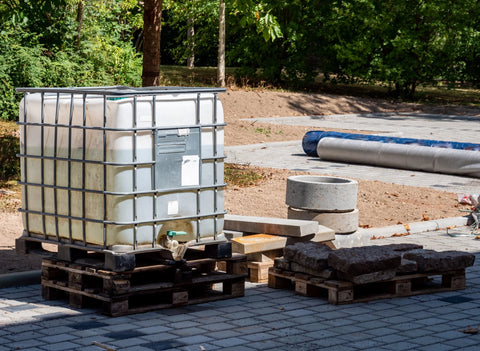Unveiling the Fluid Dynamics Behind Paper and Packaging Production
Glue viscosity plays a key role in the manufacturing processes of paper and packaging materials. We're essentially delving into the flow behavior of adhesives – a critical factor that engineers determine to ensure the right viscosity for specific applications. In this article, we will explore how adhesive viscosity impacts these industries and how managing it can lead to more efficient production processes.
Understanding Glue Viscosity
Defining Higher or Lower Viscosity
Defining adhesive flow behavior is crucial before we delve further. Viscosity refers to the fluid's thickness and flow properties, an essential aspect of materials such as adhesives. Accurate viscosity measurement is vital in paper and packaging production, where variations can impact final product quality.
Importance of Controlling Viscosity
Over time, uncured adhesives can experience gradual changes in viscosity, posing challenges for manufacturers aiming to meet specific customer requirements. Various factors, including material properties and temperature, play roles in achieving the desired adhesive viscosity.
Factors Influencing Viscosity
Adhesive viscosity is not static but responds to temperature and material composition. Engineers consider these factors when determining the appropriate viscosity for particular applications. Rotational viscometers are the go-to instruments to accurately measure viscosity.
Challenges in Adhesive Management
Inconsistent Viscosity in Bulk Adhesives
In the paper and packaging industry, managing inconsistent bulk adhesive viscosity poses challenges. Fluctuations often occur when adhesives are stored or dispensed at varying temperatures. Such inconsistencies affect production quality and efficiency.
Impact on Production Efficiency
Deviation from the desired viscosity range can disrupt production, leading to slowdowns. Inappropriate adhesive thickness (viscosity) results in issues such as excessive glue application or insufficient bonding, increasing production costs.
Quality Control Concerns
Adhesive viscosity consistency is essential for maintaining quality in paper and packaging. Variations can result in poor adhesion, uneven coating, and inadequate bonding strength, leading to rejected products and customer dissatisfaction.
Solutions for Effective Adhesive Management
Proper Storage and Handling
To address the challenges of inconsistent adhesive viscosity, manufacturers must pay careful attention to the proper storage and handling of adhesive materials. Flow can be affected by exposure to different temperatures and humidity levels, so it's essential to store adhesives in controlled environments. In some cases, thicker adhesives may require specific dispensing methods to ensure they are used effectively. Proper storage and handling procedures can help prevent unwanted changes in glue viscosity and maintain product quality.
Temperature and Humidity Control
Temperature and humidity play a significant role in adhesive viscosity. Adhesive materials may behave differently at different temperatures, which can affect their flow properties. Adhesives that are too thin at higher temperatures may become thicker as they cool down. It's crucial for manufacturers to control the temperature and humidity of their production environments to minimize these variations. This involves not only the temperature of the adhesive itself but also the ambient conditions in which it is dispensed and applied. Many companies use external heating elements to control the temperature so they can either increase or lower viscosity as needed.
Testing and Monitoring Techniques
To maintain precise control over flow, adhesive manufacturers employ various testing and monitoring techniques. Rotational viscometers are commonly used instruments for measuring adhesive viscosity accurately. These devices determine the resistance of the adhesive to flow as it rotates, providing valuable data for quality control. Engineers can adjust adhesive formulations based on these measurements to ensure the adhesive meets the desired viscosity specifications.
Case Studies: Sticky Situations
Case 1: Glue Applications in Packaging
In the world of packaging production, viscosity variations can lead to significant issues. Imagine a scenario where the adhesive used to seal packages has inconsistent viscosity. In such cases, some packages may not seal properly, resulting in potential product damage during shipping or storage. This can lead to customer complaints and increased costs due to product recalls or rework. To address this challenge, adhesive manufacturers list precise handling and storage recommendations for their products to ensure that packaging manufacturers can maintain the right viscosity for reliable seals.
Case 2: Paper Manufacturing Challenges
Paper manufacturing is another industry that relies heavily on adhesive viscosity control. Variations in adhesive thickness can affect the quality of paper products, including paperboard for packaging and labels. If adhesives are too thick, they may not spread evenly, leading to paper defects. Conversely, if adhesives are too thin, they may not bond properly, resulting in paper delamination issues. Paper manufacturers have learned the importance of selecting the best adhesive for their specific application and using the right viscosity to ensure product quality.

Lessons Learned
Both of these case studies highlight the crucial role that adhesive viscosity plays in various industries. They emphasize the need for proper management to avoid production hiccups and quality control problems. Manufacturers must not only understand the nature of their adhesive materials but also the specific application requirements. These real-world examples demonstrate that even minor variations in flow can have a significant impact on product quality and production efficiency.
Key Takeaways: Mastering Control
In this comprehensive exploration of the viscosity of glue and its significance in paper and packaging production, we've uncovered essential insights and solutions for managing this critical factor. The journey through adhesive viscosity has highlighted its pivotal role in determining product quality, production efficiency, and cost-effectiveness. Manufacturers have learned valuable lessons from real-world cases, emphasizing the importance of precision in adhesive application. By understanding the material properties, monitoring viscosity, and implementing proper handling techniques, industries can stick to precision, ensuring that the viscosity of glue remains an ally rather than a challenge in their production processes. With enhanced product quality, increased production efficiency, and substantial cost savings as the ultimate rewards, mastering temperature control is the key to success in paper and packaging manufacturing.


